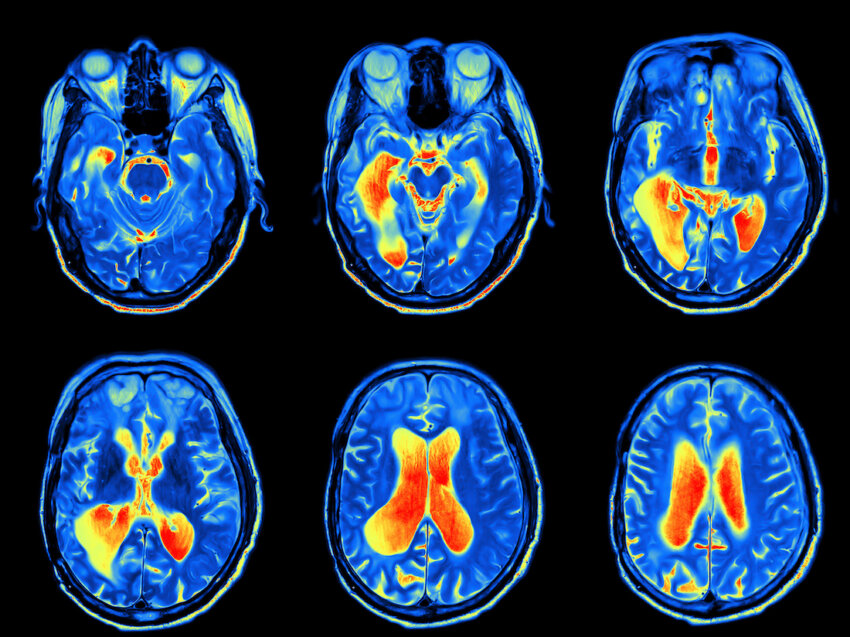The School of Health Professions plans to launch a new Master of Science in Imaging Sciences program to train imaging technologists in radiography, computed tomography (CT) and magnetic resonance imaging (MRI) to address the technologist shortages currently stressing the health care system.
“The program will be the only one of its kind in the country — an entry-to-the-profession master’s multi-modality program which provides eligibility for three national certifications by the American Registry of Radiologic Technologists,” said program director Laura P. Vasquez, PhD, MS, RVT, RT, MRSO.
“This will allow graduates to practice in all states,” after obtaining the certifications, Vasquez said. Many area health care systems have numerous open technologist positions, she added.
The MS in Imaging Sciences application is open for the program’s first cohort, which will begin in Fall 2023, pending full approval by the Southern Association of Colleges and Schools Commission on Colleges.
Meeting the need for imaging specialists
Training medical imaging technologists at UT Health San Antonio will help meet the need for imaging technologist specialists locally and improve patient care by enabling imaging studies to be completed more swiftly, said Professor Rajeev Suri, MD, MBA, FACR, FSIR, interim chair of the Department of Radiology in the Joe R. and Teresa Lozano Long School of Medicine at UT Health San Antonio.
“There is a marked need for technologists with this training in the community,” Suri said, explaining that COVID-19 further depleted the number of imaging technologists as the pandemic caused some to retire or resign. “Almost all places in town — private, VA, county — are struggling to recruit trained MRI, CT and X-ray technologists.”
Versatile training
The program’s curriculum is designed so that students must complete each modality phase and related certification to progress to the next phase. The first phase is radiography, followed by CT and finally, MRI. Students also will participate in clinical practicums with clinical affiliates in hospital and outpatient imaging settings. The master’s curriculum also includes leadership, education and research courses, which prepare graduates for management, teaching and research roles. This program may be suited for individuals interested in medicine, as the ability to interpret radiography, CT and MRI is an essential skill for medical students and most pre-health preparatory programs lack comprehensive imaging education, Vasquez said.
Job prospects are particularly strong for imaging technologists who possess certifications in multiple modalities, Vasquez said, adding that the program’s design will enable students to obtain eligibility to sit for three national certification exams in two years — just one-third of the time typically required to earn all three certifications when taken separately. After completing the program, graduates will be eligible for state licensure by the Department of State Health Services to the Texas Medical Board.
A career as a medical imaging technologist can appeal to individuals who desire to work both with diagnostic technological applications and in direct patient care, said Vasquez. Medical imaging technologists “have to know the anatomy and physiology of the body, pathophysiology and pharmacology,” she said. “There is a lot of science behind it, but you must also be compassionate and want to work in patient care. Our patients, veterans and community deserve excellence in patient care.”
To learn more about the program’s admission requirements, curriculum and clinical experiences, visit the MS in Imaging Sciences program page. Matriculation into the program is contingent upon SACSCOC approval.
The Master of Science in Imaging Sciences program was approved by the Texas Higher Education Coordinating Board on June 29, 2022, with an implementation date of August 2023. Under the auspices of the School of Health Professions, the MS in Imaging Sciences is pending approval by the Southern Association of Colleges and Schools Commission on Colleges (SACSCOC).


